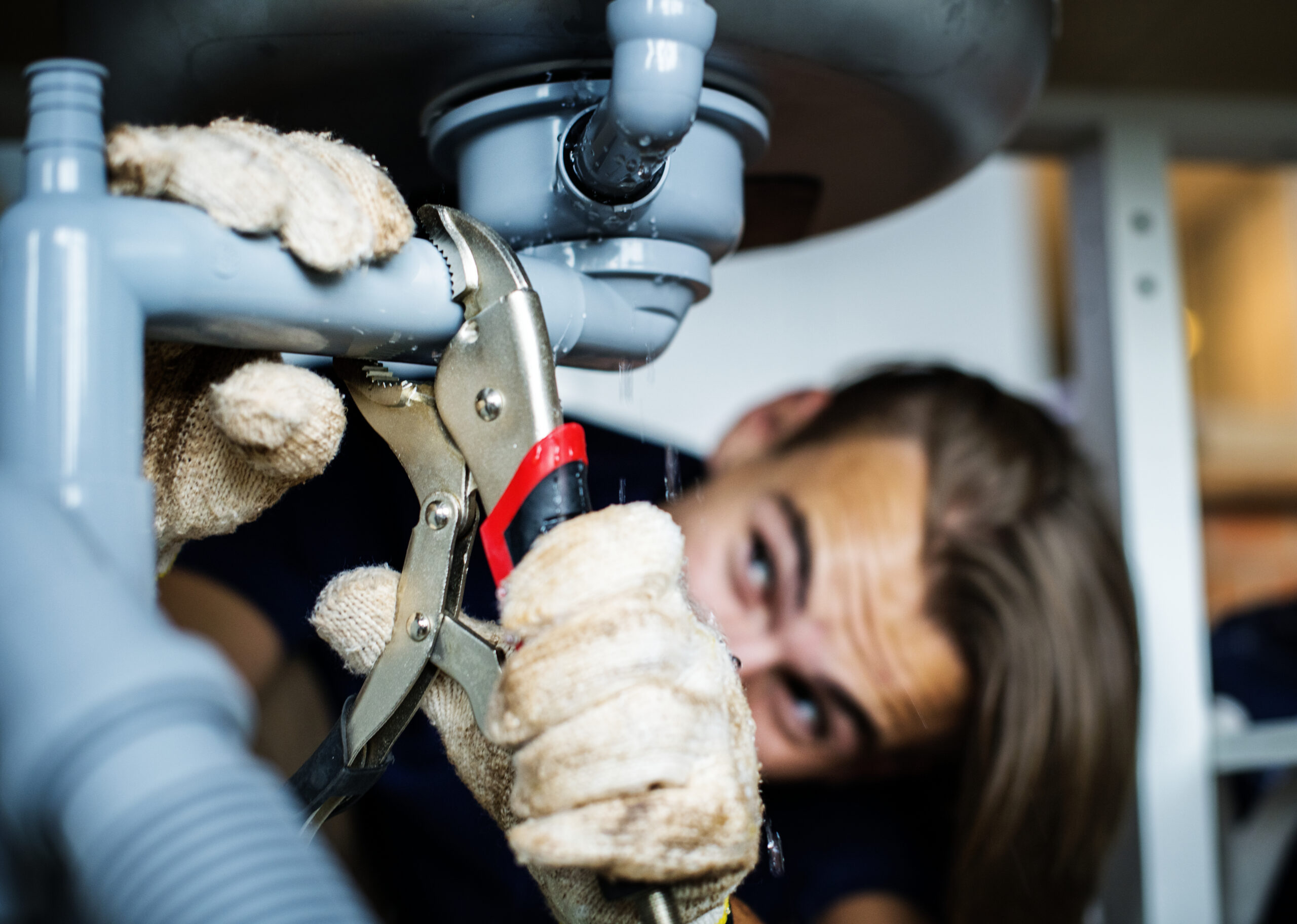Plumbing is one of the most vital systems in any home or building, yet many people don’t fully understand how it works. From the moment you turn on a faucet to the time water disappears down a drain, a complex network of pipes, valves, and fixtures is hard at work behind the scenes. Plumbing provides clean water, removes waste, and ensures safe, sanitary living conditions. Let’s break down how this essential system functions.
The Two Main Plumbing Systems
At its core, plumbing can be divided into two main systems: the water supply system and the drain-waste-vent (DWV) system.
- Water Supply System: This system brings fresh, potable water into your home. Water typically comes from a municipal source or a private well. It enters your home through a main water line and is distributed to sinks, showers, toilets, and appliances through a network of pressurized pipes. Cold water flows directly to fixtures, while hot water passes through a water heater before being distributed.
- Drain-Waste-Vent System (DWV): This system removes wastewater and carries it to a sewer or septic tank. Gravity plays a major role here. Wastewater flows downhill through sloped pipes. The vent part of the system prevents sewer gases from entering your home and ensures smooth water flow by allowing air into the drainage system.
Common Plumbing Materials
Modern plumbing uses a variety of materials depending on the application:
- Copper: Durable and corrosion-resistant, often used in water supply lines.
- PVC (Polyvinyl Chloride): Lightweight and affordable, mainly used in drain lines.
- PEX (Cross-linked Polyethylene): Flexible and easy to install, often used for both hot and cold water supply.
Key Plumbing Fixtures and Components
Plumbing involves several fixtures and parts that work together:
- Faucets and valves control the flow of water.
- Toilets use a tank and bowl system to flush waste using gravity and water pressure.
- Traps (like the P-trap under your sink) prevent sewer gases from entering your home by holding a small amount of water.
- Shutoff valves allow you to stop water flow to specific fixtures for repairs.
How It All Works Together
When you turn on a faucet, water flows through pressurized pipes to the outlet. After use, the water and waste flow down the drain by gravity. The venting system ensures there’s no vacuum in the pipes, so wastewater can flow smoothly. Any blockages, leaks, or damage in this system can lead to clogs, water damage, or contamination.
Importance of Plumbing Maintenance
Regular maintenance is key to a healthy plumbing system. This includes checking for leaks, unclogging drains, inspecting water heaters, and ensuring valves and fixtures are in good working order. Preventative care can help you avoid costly repairs and ensure your system works efficiently.
In conclusion, plumbing is more than just pipes. It’s an intricate system designed to bring clean water in and safely remove waste. Whether you’re washing dishes, taking a shower, or flushing a toilet, plumbing is there—silently doing its job every day.


